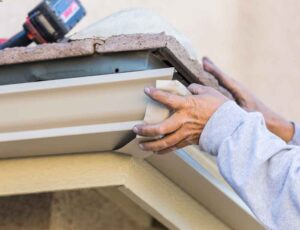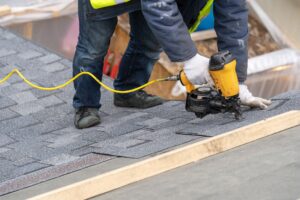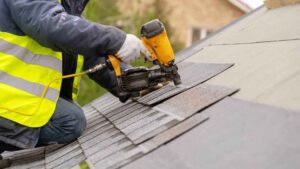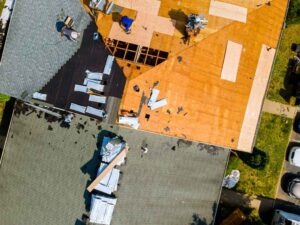As of the writing of this article on Thursday, March 10th, 2022, the central Indiana daily forecast is predicting a high of 50 degrees today and snow showers and a low of 16 degrees tomorrow. From Saturday’s low of 18 degrees to 61 degrees on Monday, the wild temperature swings are forecasted to continue into next week. These large temperature changes in a short amount of time can cause “thermal shock” to various roofing and building components. Thermal shock refers to the damage that occurs when the roofing material on a building expands and contracts, in a short space of time, in response to temperatures rising or falling too fast.

Since these various building and roofing components are composed of different materials, they do not expand and contract at the same rate, which can lead to negative effects on varying types of roofing. This article will briefly explain how thermal shock affects various types of metal roofing.
Thermal Shock Effects on Metal Roofing
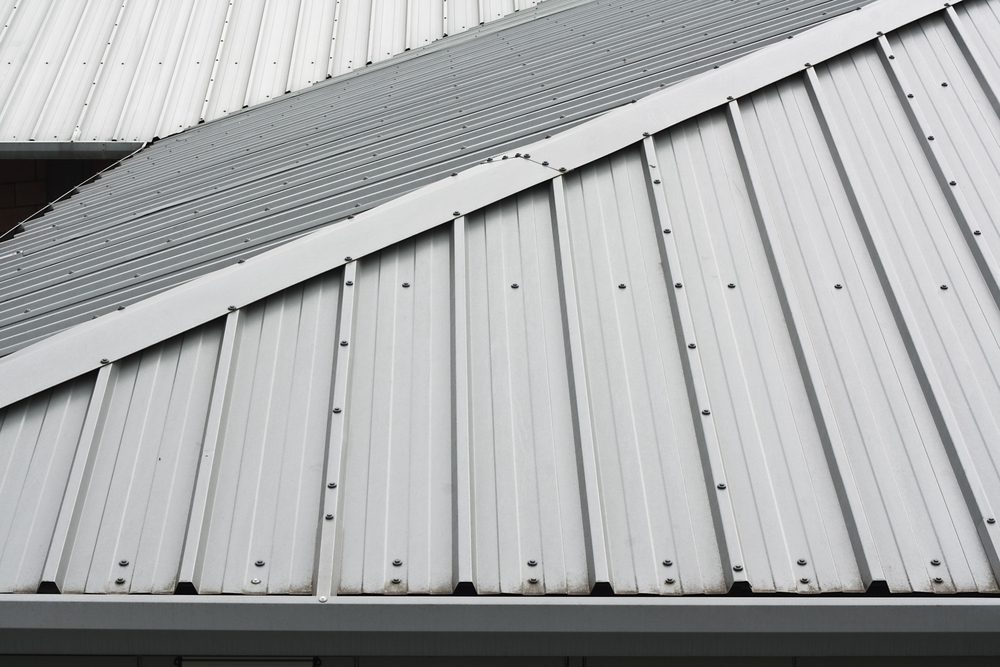
There are several types of metal roofing commonly installed in the US, each of which responds differently to severe temperature changes. Here are some of the effects of thermal shock on various types of metal roofing:
Exposed Fastener Metal Roofing – Pictured above, this common metal roofing system is installed using a set of fixed length panels that are seamed together and attached using a series of screw fasteners. Typically made from 26- or 28-gauge metal, these roofs are usually comprised of thinner materials than the metal systems mentioned below. Thermal shock is a problem for these roofs, as every fastener installed through the metal is a potential leak point. As the metal expands and contracts over time, the fasteners “wallow” out the hole, creating gaps water can enter. Once this problem has occurred, roof repair options are messy and ongoing, with a cycle of roof leaks and re-caulking of fasteners.
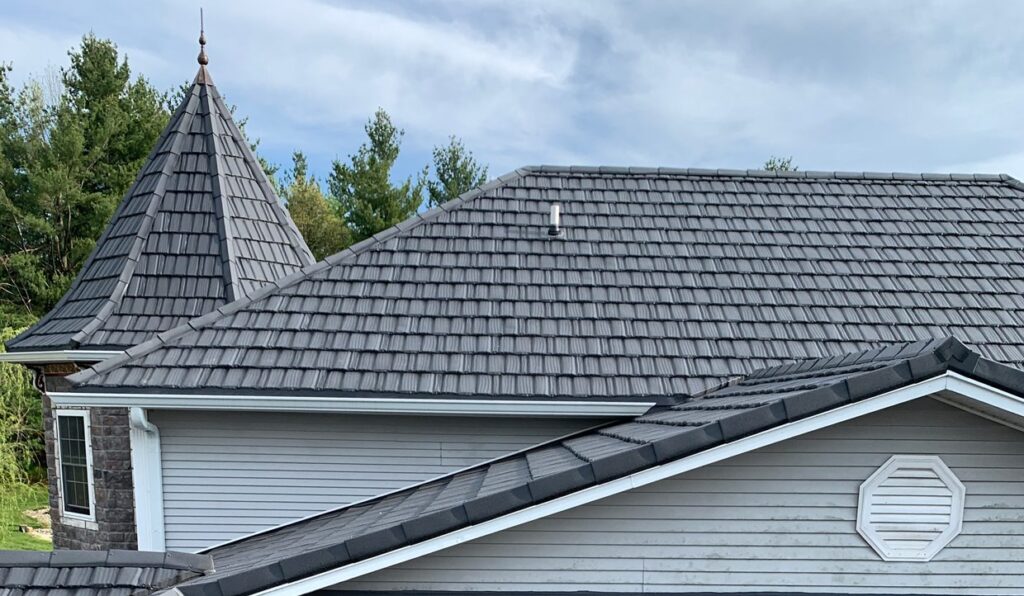
Stamped Metal Panels – Stamped metal panels are installed in individual pieces, similar to shingles, and are produced from raw metal sheets being pressed into molds to create unique designs and styles. These metal roofing panels have manufactured edges at the top and bottom that fit together to create an overlap between each panel. The panels are secured together using screw fasteners, but unlike the exposed fastener system, thermal shock is not a significant problem. Most stamped metal panels utilize a thicker gauge metal, 24- or 26-gauge, which is less effected by temperature changes than thinner metal. But most importantly, the fasteners used to connect the panels will not leak, even if wallowed out. This is due to the overlap of the panels that doesn’t allow any moisture to penetrate the actual roof.
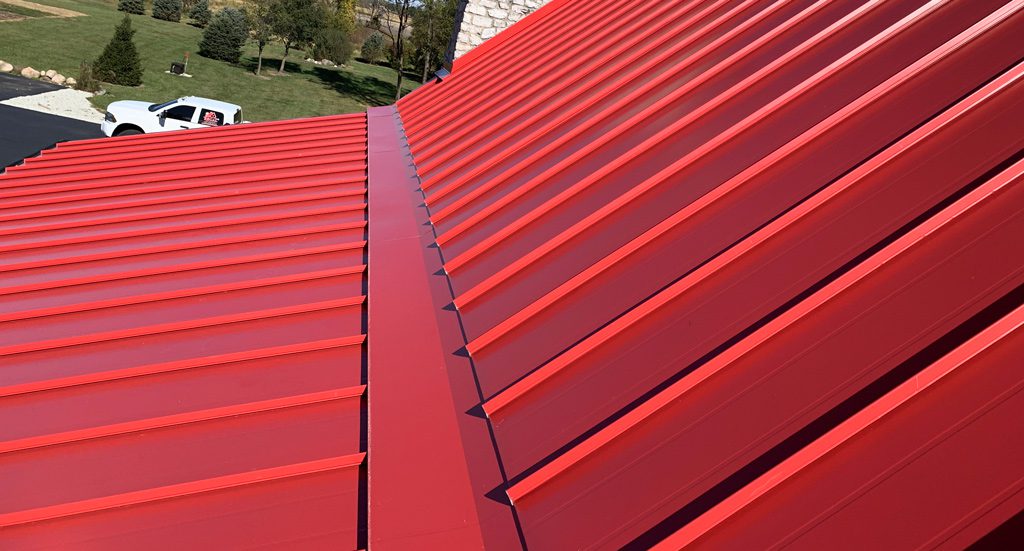
Standing Seam Metal Roofing – Another very popular form of metal roofing is the standing seam metal roofing system. Standing seam panels are rolled from coil steel to the full length required by the roof, meaning there are no seams in the metal to fail and leak. In addition, clips are used to secure the panels to the roof deck, which are then covered by the steel panels, leaving no exposed fasteners. Since the clips are designed to allow for slight movement and there are no fasteners exposed, thermal shock has little effect on a standing seam roof.
Conclusion
The harsh Midwest climate, with its wild swings in temperature changes, remains a challenge for many roofing systems, including some types of metal roofing. However, by choosing a system with a thicker gauge of metal and avoiding exposed fasteners, you can minimize the effects of thermal shock and the negative effects that come with it.

